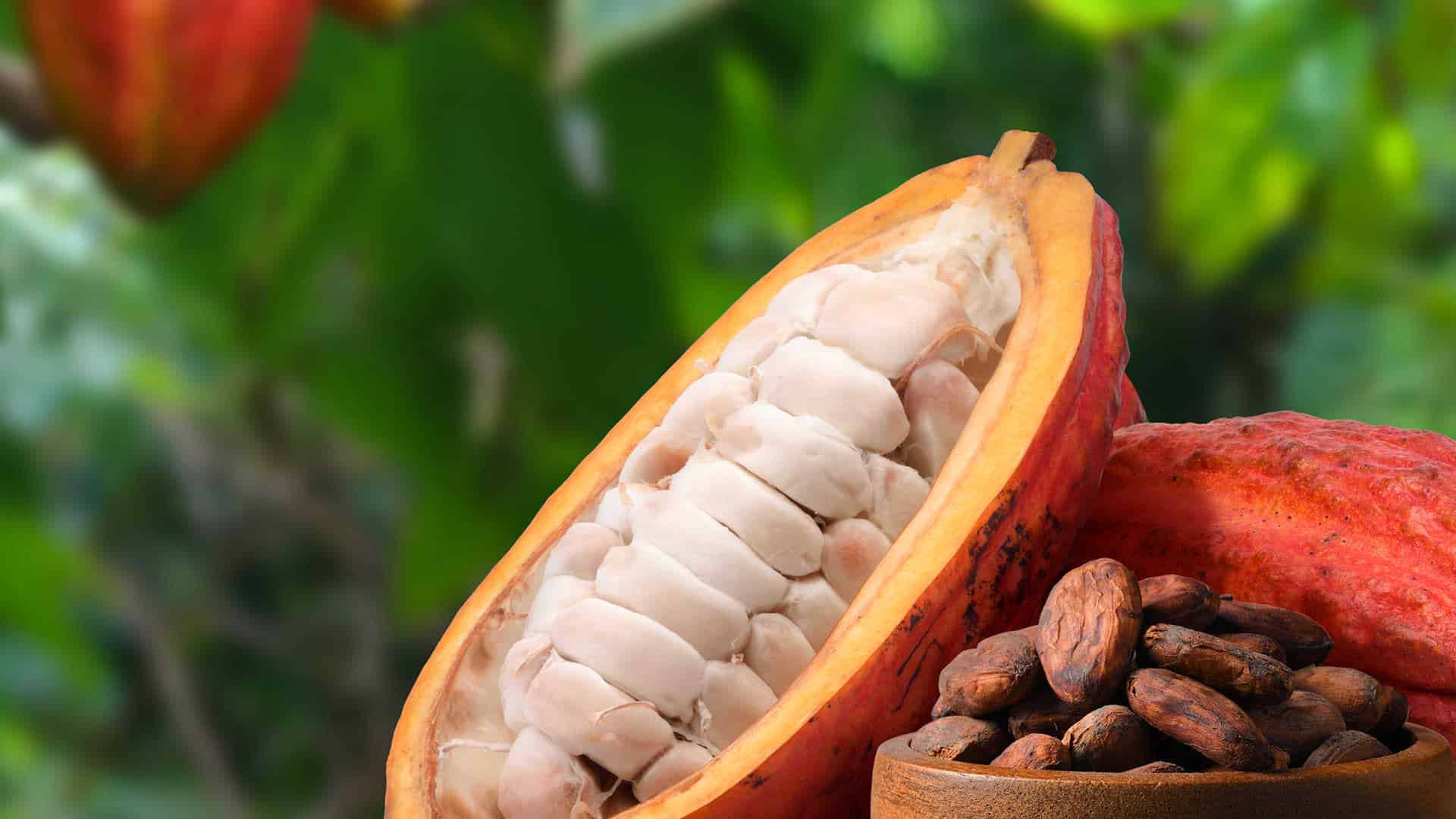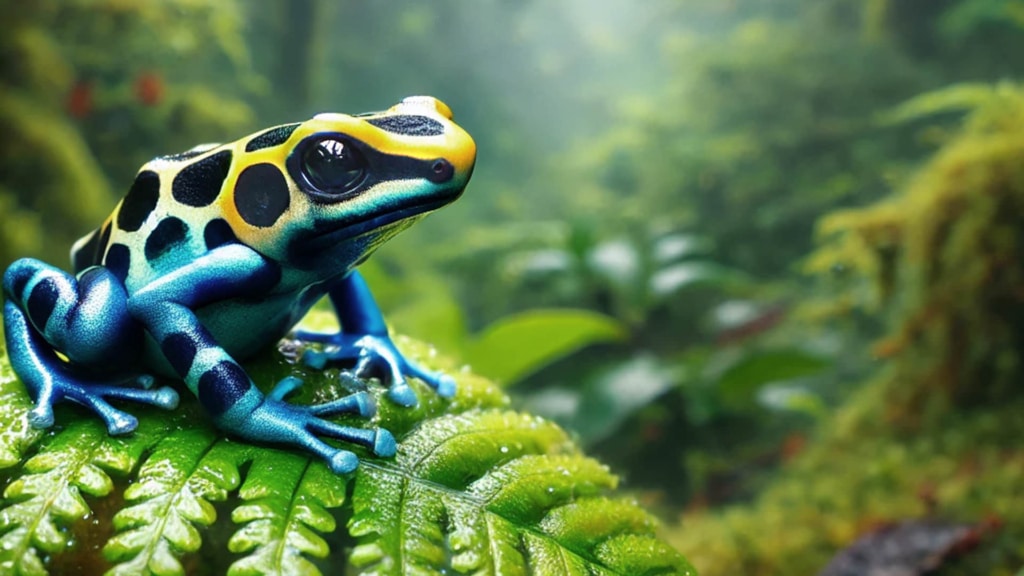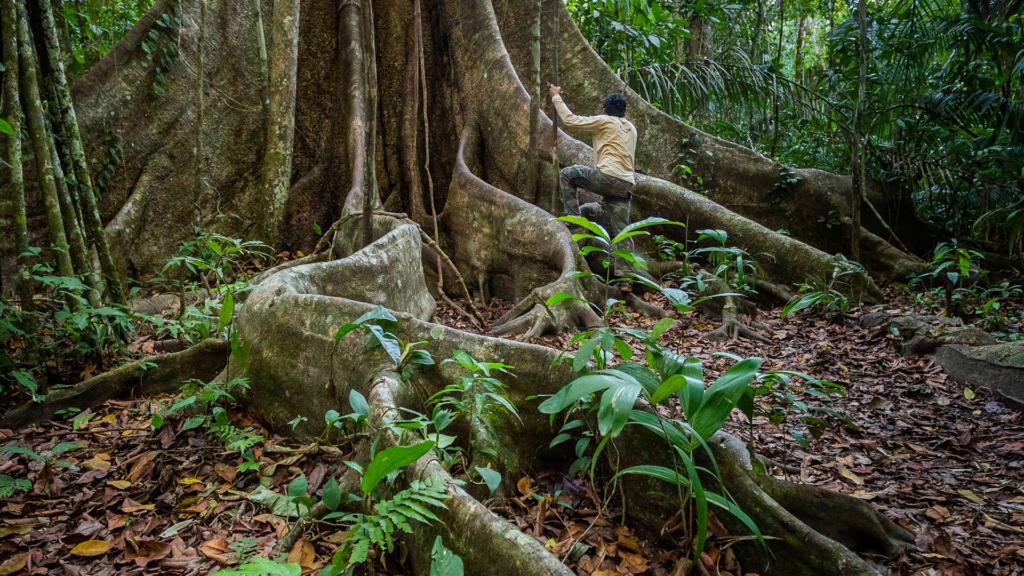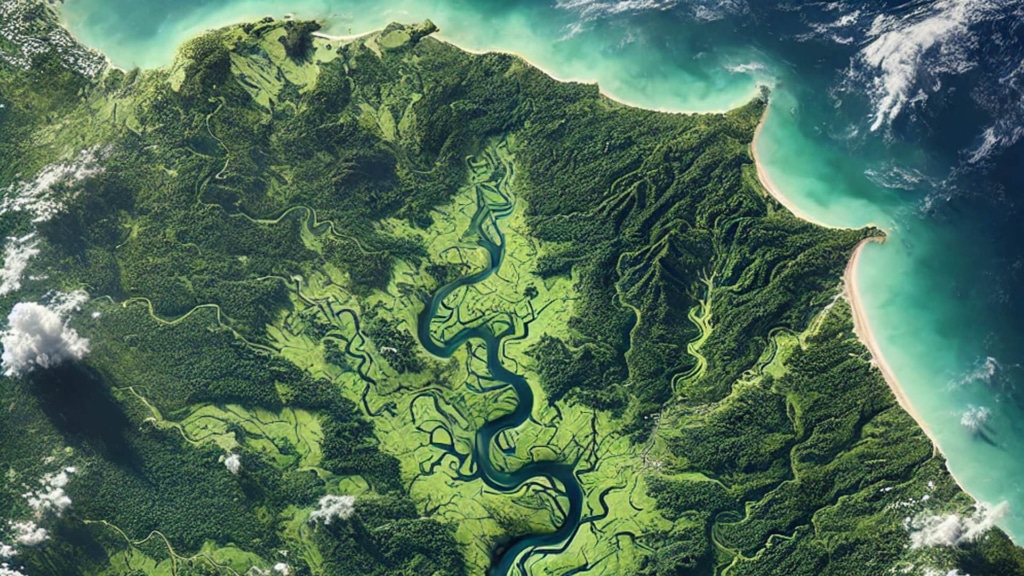Application and registration 2025 à l’Université de Guyane

Lhe Covapam research unit has chosen to place the knowledge and development of plant matter at the heart of its scientific concerns. For thousands of years, plants have been used by mankind for food, both for himself and his livestock, and also for non-food purposes such as medicines, dye bases and cosmetics, either directly or after processing. This natural heritage represents a source of wealth and economic development, through the establishment of sophisticated production and exploitation networks.
On a macro-regional scale, Amazonia is a major global biodiversity hotspot, characterised by its great wealth of flora and fauna, which is only partially known and little exploited. Through an integrated approach, it is possible to transform this natural wealth into a sustainable driver of economic development while preserving this biodiversity, and it is within this framework that the Covapam research unit is working.
Research areas
Our scientific projects focus on 2 main areas:
Area 1-Knowledge of biodiversity
This research area aims to increase knowledge and understanding of the functioning of Amazonian biodiversity, particularly at the molecular level. This area is characterised by three major research activities: the chemical characterisation of molecules, the biological assessment of their activity and, above all, the understanding of structure-function relationships.
Using a multidisciplinary approach, the team is working to :
- identify, isolate and characterise bioactive molecules.
- assess their biological properties (antioxidant, anti-inflammatory, antimicrobial, etc.) within the producer organism or other organisms (such as human beings).
- to understand the mechanisms and interactions required for these molecules to function with each other, within the cell and more broadly within the organism
Priority 2-Enhancing biodiversity
The aim of this area of research is to develop molecules derived from biodiversity whose properties have been recognised in this area:
- setting up bioresource transformation processes
- support for project leaders in the formulation of high added-value products in the cosmetics and agri-food sectors.
This priority is being pursued as part of a circular economy and sustainable development approach, with the aim of making sustainable use of the Amazon's resources while opening up new economic opportunities for the region.
Research projects
- Amazonian palms
- Plant species of the genus Theobroma
- Guyanese honeys
- Aromatic, fragrant and medicinal plants (PAPAM)
Team
7 permanent staff
- 2 University Professor (Biochemistry and Chemistry);
- 2 senior lecturers (agri-food biochemistry and plant physiology);
- 2 Design Engineers;
- 1 Laboratory technician;
4 doctoral students
- Issa MALLE (subject: "Understanding and exploiting adaptation mechanisms in Amazonian palm trees Euterpe oleracea" ) ;
- Yaovi TABIOU (subject: "Miels from French Guiana: chemical variability and biological activity");
- Zanele MSIBI (subject: "Design of innovative products based on cocoa and cupuaçu from French Guiana: impact of unit operations on the functional character of these foods")
- Julien PENAUD (Impact of ripening on the lipid and polysaccharide compositions of moucaya pulp (Acrocomia aculeata). Optimisation of nanoformulation processes.
Publications
Weiwen J.; Battesti M-J.; Yang Y.; Jean-Marie E.; Costa J.; Bereau D.; Paolini J. et J_C. Robinson (2024) - Melissopalynologicalanalysis of honeyfrom French Guiana - Foods,13, 1073
Denagbe W.; Covis R.; Guegan J-P.; Robinson J-C.; Bereau D. et T. Benvegnu (2024) - Structure and emulsifying properties of unprecedented glucomannan oligo-and polysaccharides from Amazonia Acrocomia aculeata palm fruit. Carbohydrate polymers, Carbohydrate polymers, 324, 121510
Jiang W. ; Paolini J. ; Bereau D. ; Battesti M-J. ; Yang Y. ; Jean-Marie E. ; Costa J. and J.C. Robinson (2023) - French Guiana honeys from the amazon biome: first description of volatile fraction and antioxidant capacity. Heliyon, 9(8): e18526.
Patient A. ; Jean-Marie E.; Robinson J.-C.; Martial K.; Meudec E.; Levalois-Grützmacher J.; Closs B. et D. Bereau (2022) - Polyphenol Composition and Antioxidant Activity of TapiriraGuianensisAubl. (Anarcadiaceae) Leaves - Plants 2022, 11, 326.
Jean-Marie E.; Jiang W.; Bereau D. and J.C. Robinson (2022) - Theobroma Cacao and Theobroma grandiflorumBotany, Composition and Pharmacological activities of pods and seeds - Foods, 11, 3966.
Jean-Marie E.; Bereau D. and J.C. Robinson (2021) - Benefits of Polyphenols and Methylxanthines from Cocoa Beans on Dietary Metabolic Disorders. Foods, 10, 2049.
Jean-Marie E.; Bereau D.; Poucheret P.; Guzman C.; Boudard F. et J.C. Robinson (2021) - Antioxidative and Immunomodulatory Potential of the Endemic French Guiana Wild Cocoa "Guiana". - Foods, 10, 522.
Equipment
The research work is carried out in a laboratory at 600 m2 and includes a number of items of equipment
Chromatography
- 2HPLC coupled to a mass spectrometer (Orbitrap) and UV-visible diode array detector;
- 2 HPLC with light scattering detector (LSD) and charged aerosol detector (CAD); flashChromato system;
- Gas chromatography coupled with mass spectrometry and FID (GC/MS/MS);
Spectroscopy
- Infrared spectrometer ;
- Spectrofluorimeter,
- UV/Visible spectrophotometers,
- Microplate reader (UV/Visible and fluorescence)
Biochemistry and molecular biology equipment
- (Geldoc, DNA and protein Westernblot electrophoresis
Food processing equipment
- Texturometer
- Crossflow microfiltration unit
- Depulper
Extraction
- Ultrasonic and microwave extraction equipment ;
- Hydrodistillers (Clevenger apparatus); Soxhlet extractors
Preparation equipment
- Plant dryer
- Benchtop centrifuges of various capacities (10ml to 3 litres)
- Freezing and cryoconservation unit: freeze-dryer, -20°C and -80°C freezers
Student welcome
Welcoming students to the laboratory is one of our priorities. Students have the opportunity to play an active part in the laboratory's scientific work, in a stimulating environment. They receive personalised supervision from the laboratory's teacher-researchers, and support from other members of the laboratory (engineers, technicians) who guide them throughout their placement. This support includes methodological advice, assistance with data collection and analysis, and guidance in writing their dissertation.
Contact
UR COVAPAM - Université de Guyane, Campus de Troubiran, BP 20792, 97337 Cayenne Cedex
UR COVAPAM
Area of research :
Ecology, Chemistry, Material Sciences.
Reporting structure(s) :
DFR Sciences and Techniques of the University of Guyana
Supervisory bodies: University of Montpellier, Montpellier SUP Agro, University of Avignon, University of Réunion, CIRAD, University of Guyana








